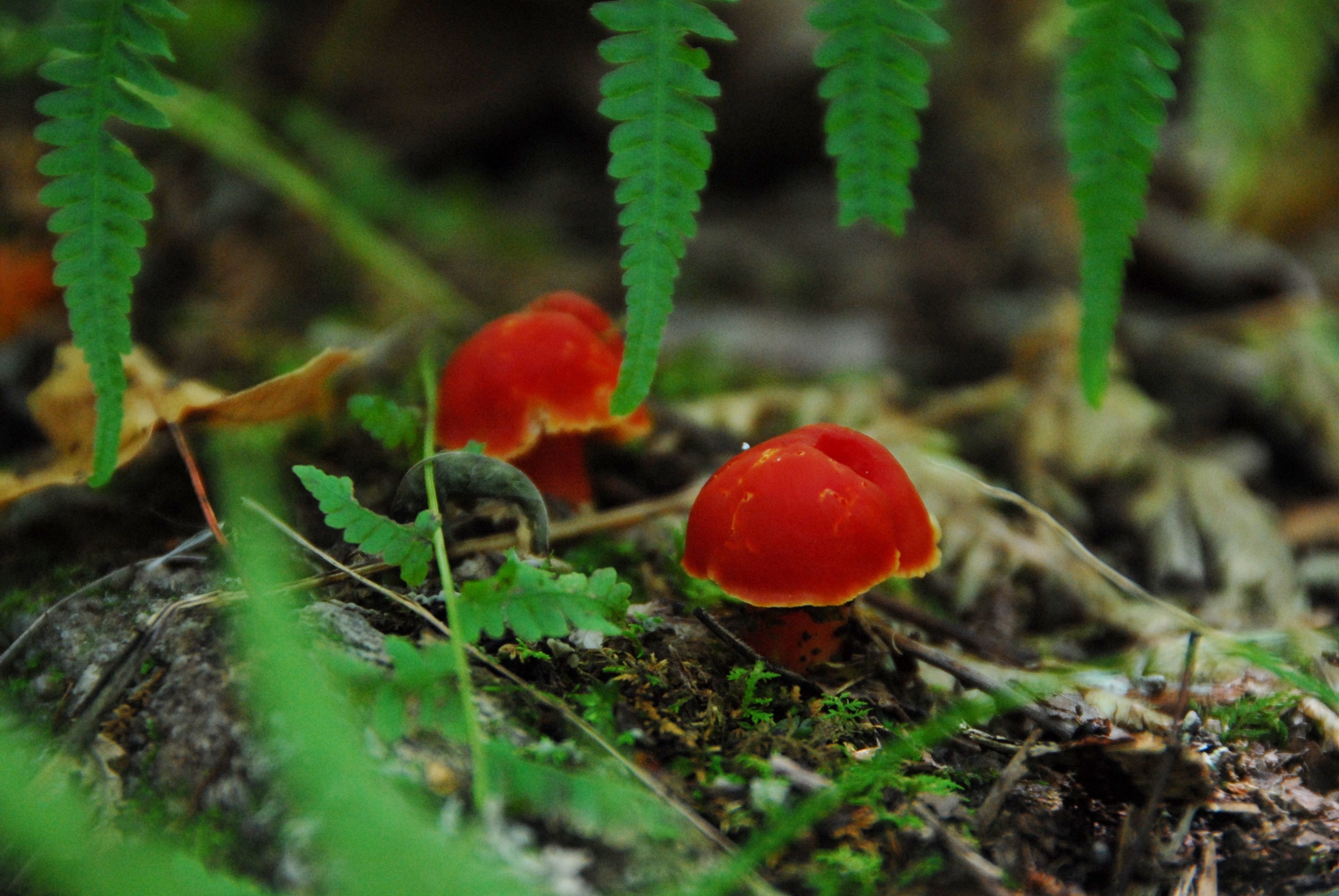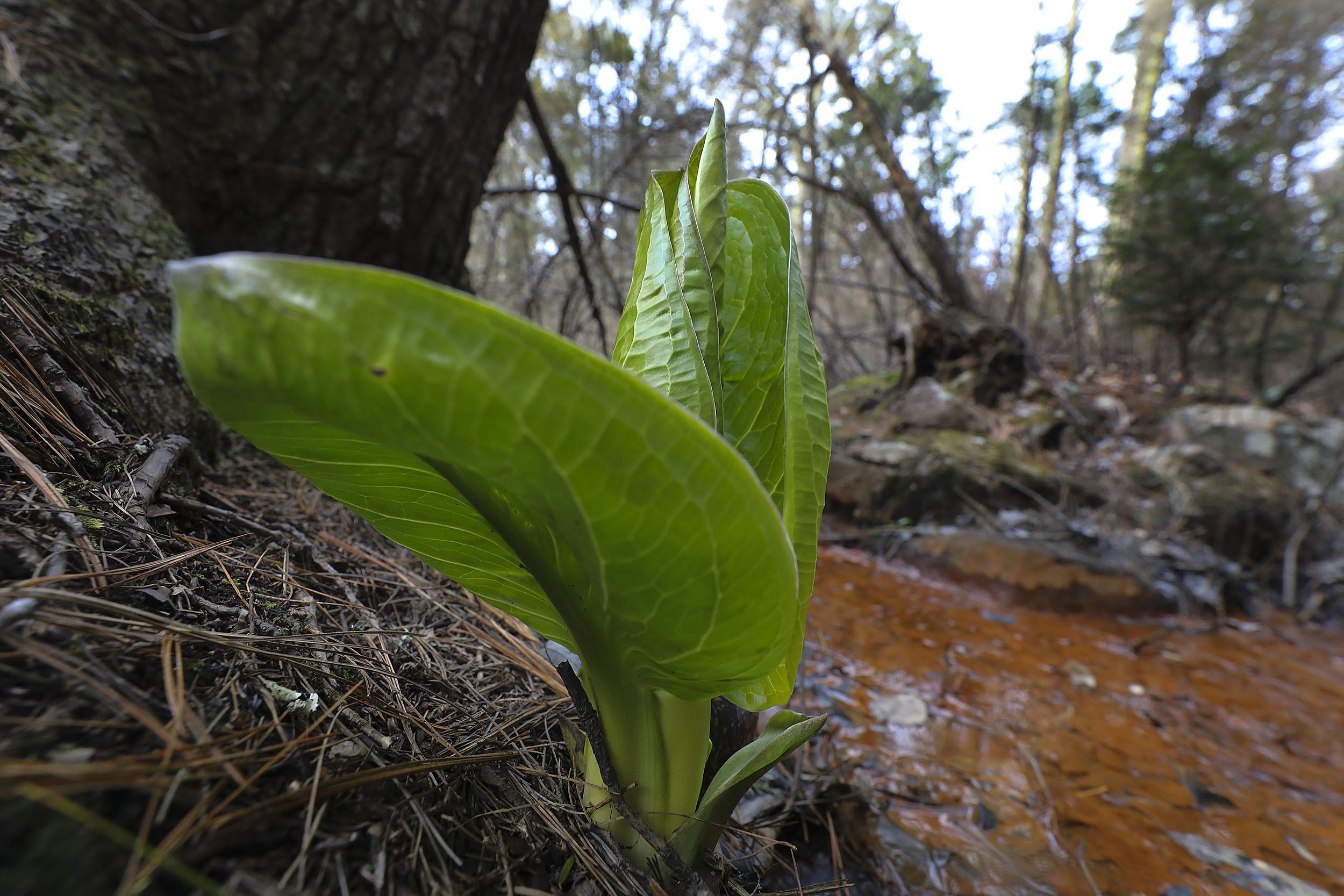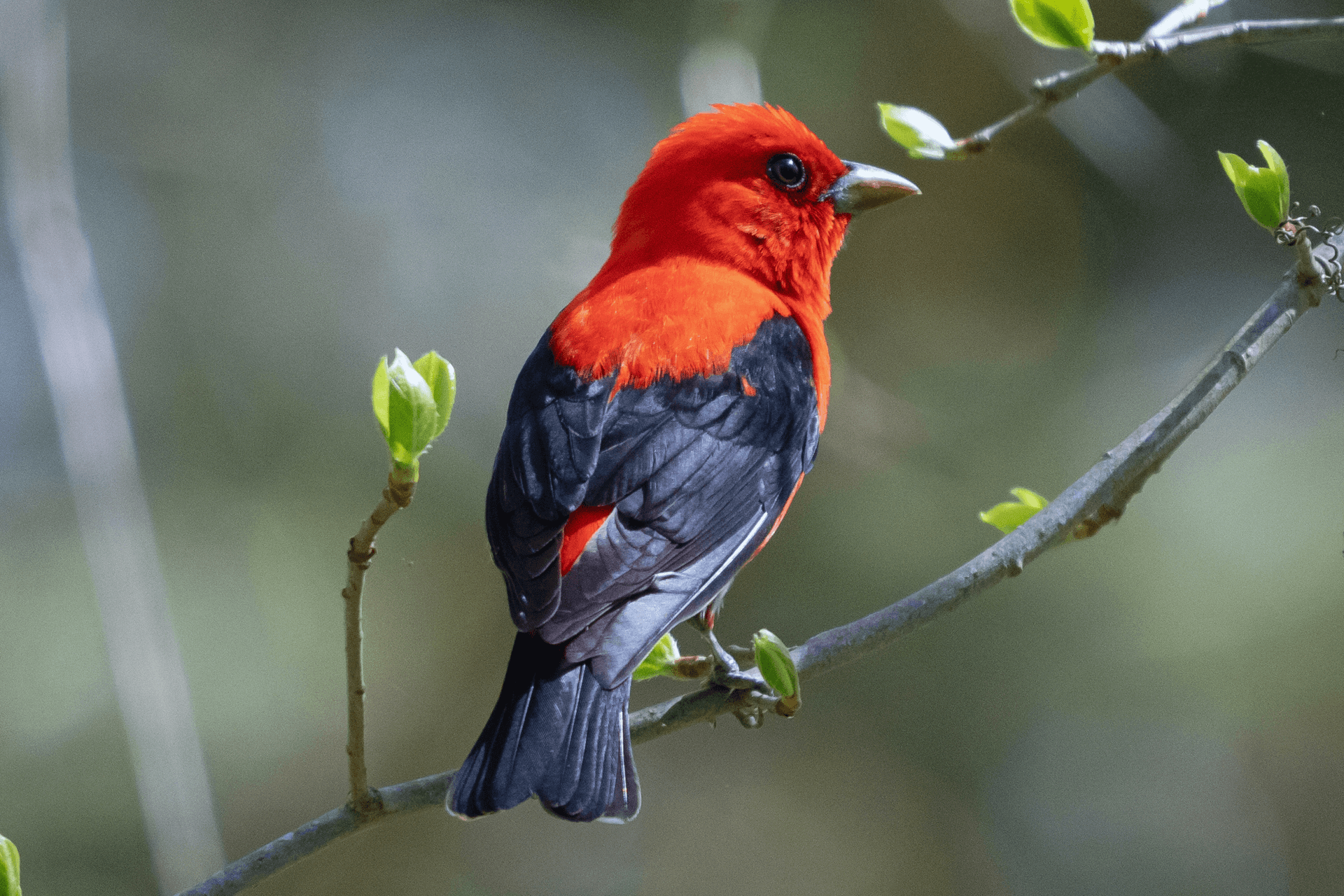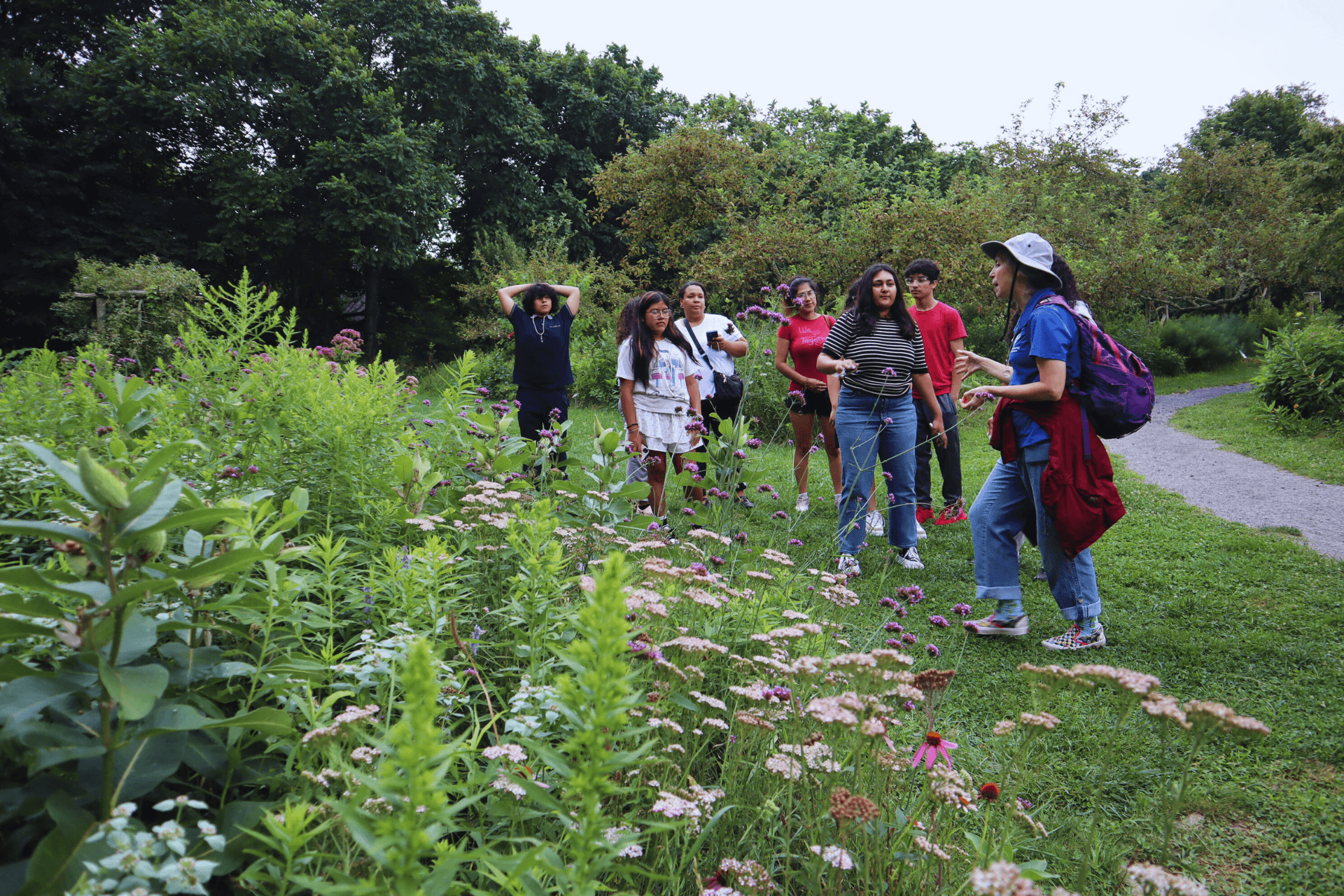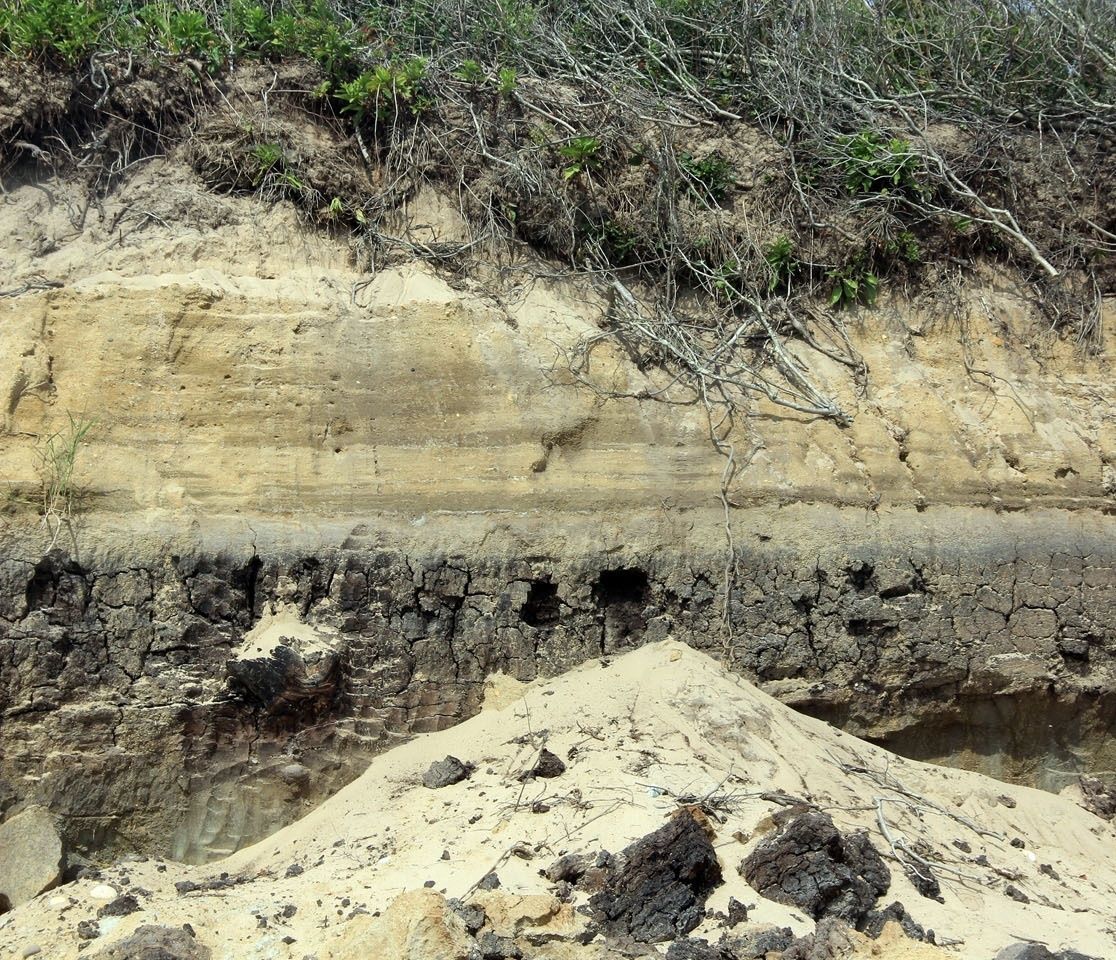
Published on January 30, 2024
Soil—Not “Dirt”—Ecology
By Dr. Scott Ruhren
In this realm of plant roots and dormant seeds, soil is a largely secret dark world of nutrient cycling and soil creatures. When we see mushrooms, most of the fungal biomass is underground. The late E.O. Wilson, famed ant specialist and evolutionary biologist, admired the hidden world of soils, “Ten billion bacteria live in a gram of ordinary soil, a mere pinch held in between thumb and forefinger. They represent thousands of species, almost none of which are known to science.”
Soils reveal the history of habitats, telling a silent story of glaciation, forces of rivers and wind, plant communities, fires and farming. On rocky ridges in Rhode Island, soils are often thin, stony, acidic and low fertility. Valley soils are often deeper, more fertile and well-drained. Humans have chosen these areas for crops throughout human history and European settlers cleared countless acres of forests in New England. Plow lines are evident in land that has been cultivated for decades or more. In spite of these trends, soils are amazingly heterogeneous.
For the past hundreds of millions of years in Rhode Island, geologic formations have weathered and soils have formed and changed. Soils formed slowly, but natural and human causes can alter soils quickly. It is only since the 20th century that humans realized the need for soil conservation.
Fires affect soils but impacts vary with fire temperature and duration. After an intense fire, soils may lose nutrients and erode. Intense fires can also kill soil microorganisms. However, low-intensity fires add nutrients to soils, aiding the recovery of forest communities.
Soils influence what plants thrive and the plants influence soils, adding to the organic top layer and altering soil chemistry and nutrient exchange. Organic matter and other factors control soil water, a significant impact on plant growth and survival. Perpetually dry soils require efficient water use by organisms. Wet organic soils called peat and muck are mostly decaying vegetation. Only specialized marsh and swamp plants can tolerate these wet, low-oxygen conditions.
Audubon practices soil conservation in many ways. Whether you are a gardener or a large landowner, you can adopt similar conservation actions.
- Prevent erosion by maintaining plants and their roots. Even the roots of dead trees hold soil in place.
- On paths, install low barriers (often referred to as water bars) to slow the flow of rainfall.
- Let leaf litter remain. It keeps soils cool and moist and adds nutrients as it decays. Leaf litter is home to countless organisms including overwintering bees, amphibians and reptiles.
- Reduce ground tilling, and plant as soon as possible. Exposed soil blows away.
- Eliminate use of chemical fertilizers and pesticides that contaminate soils and groundwater.
Dr. Scott Ruhren is the Director of Conservation at the Audubon Society of Rhode Island.

